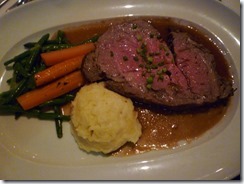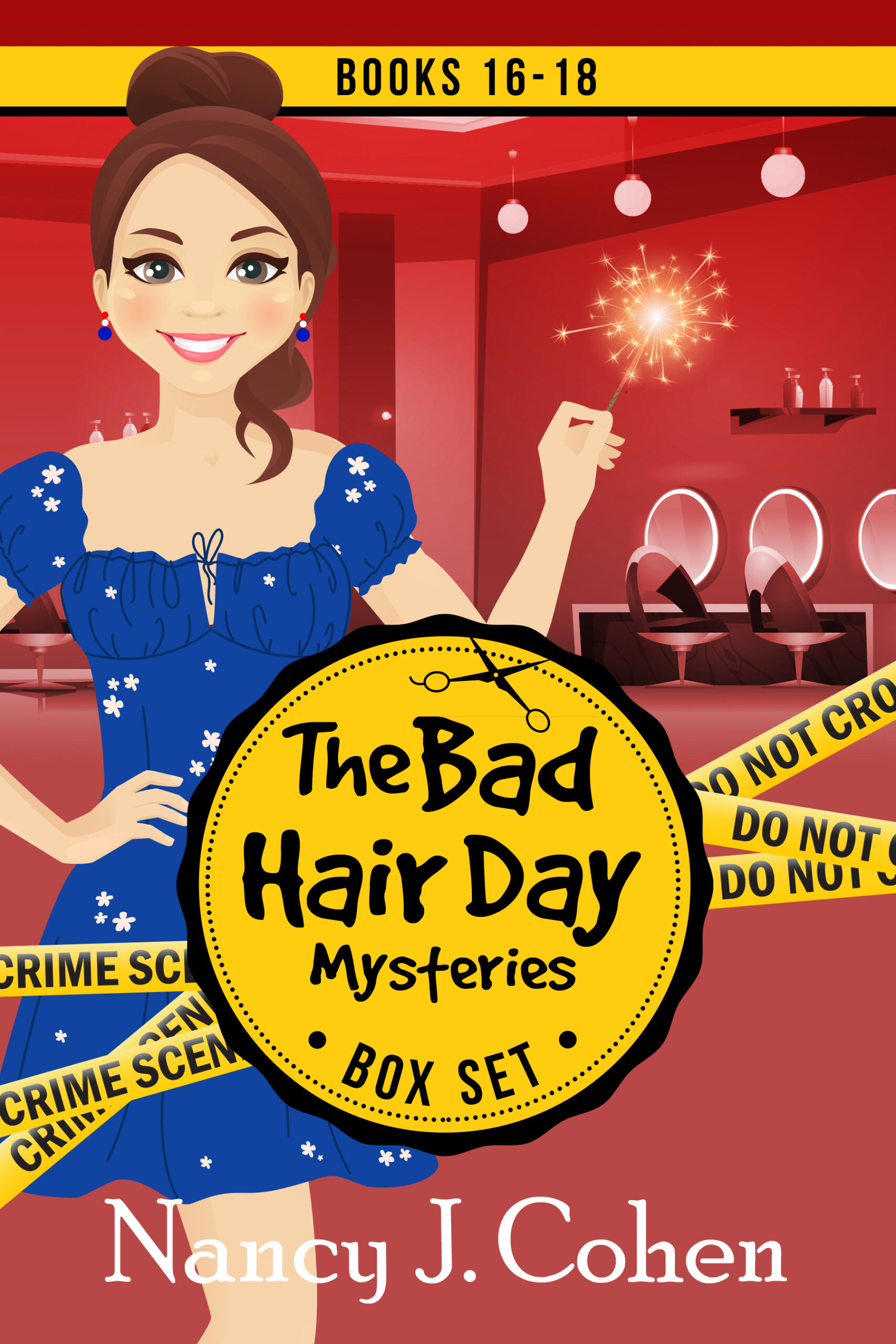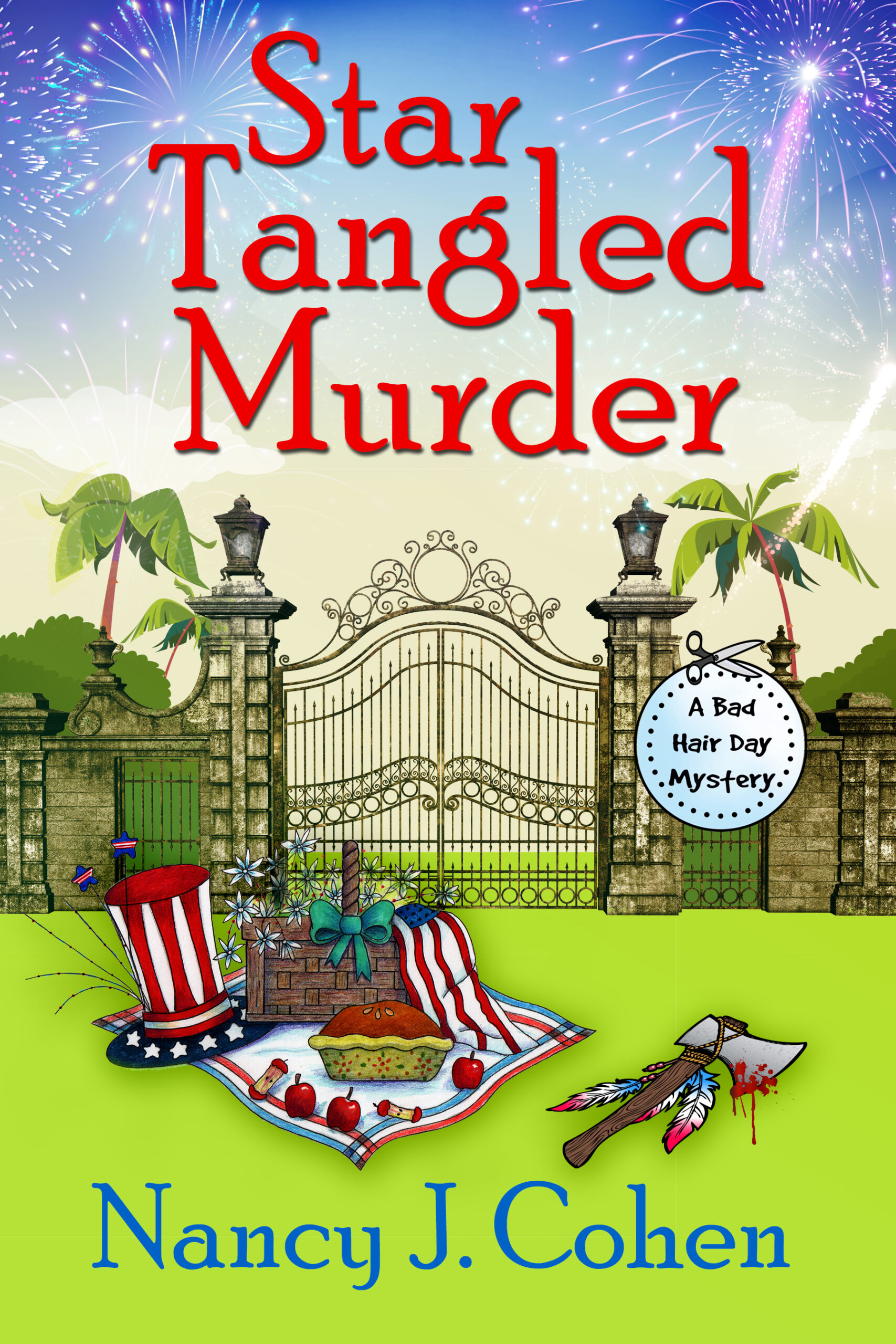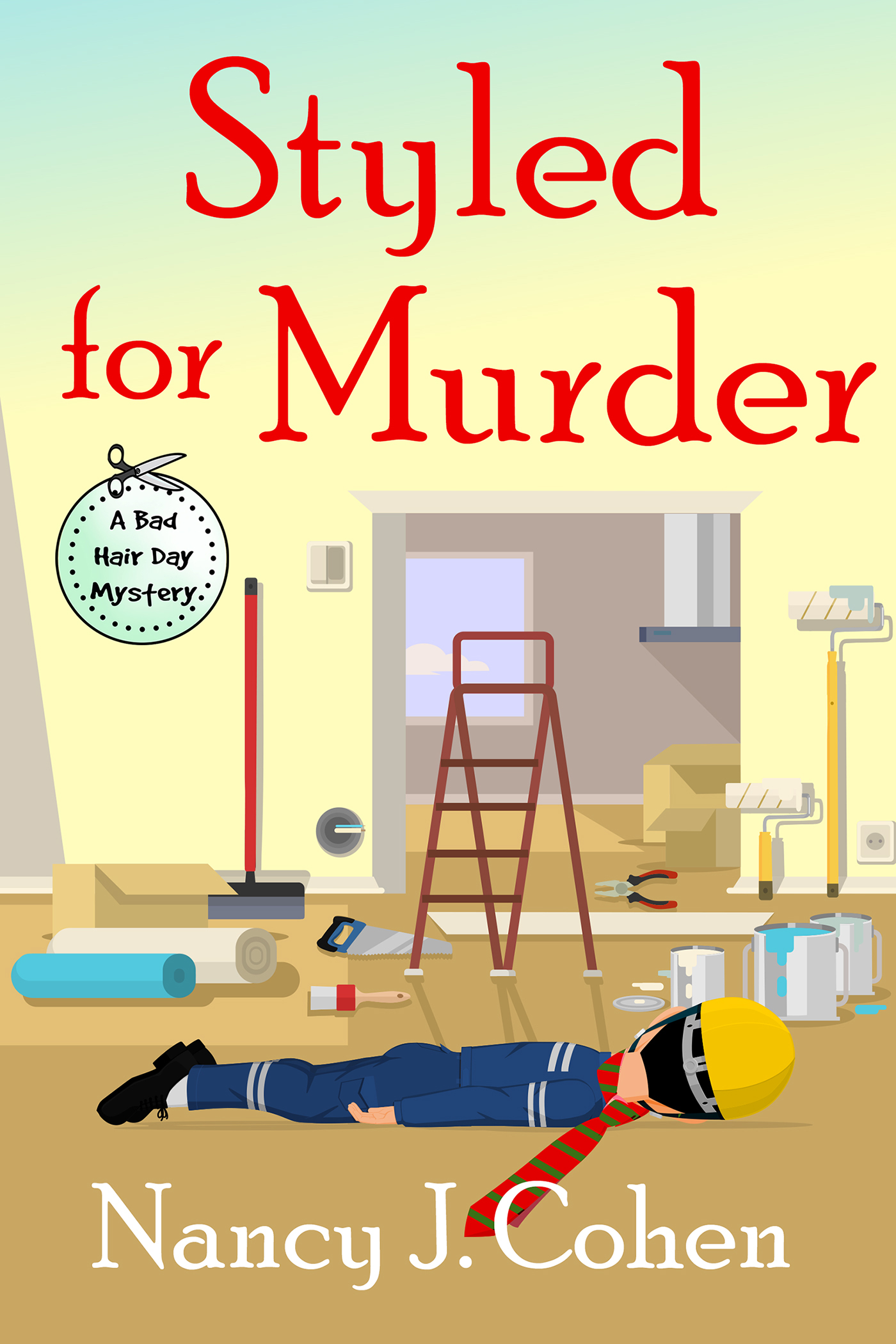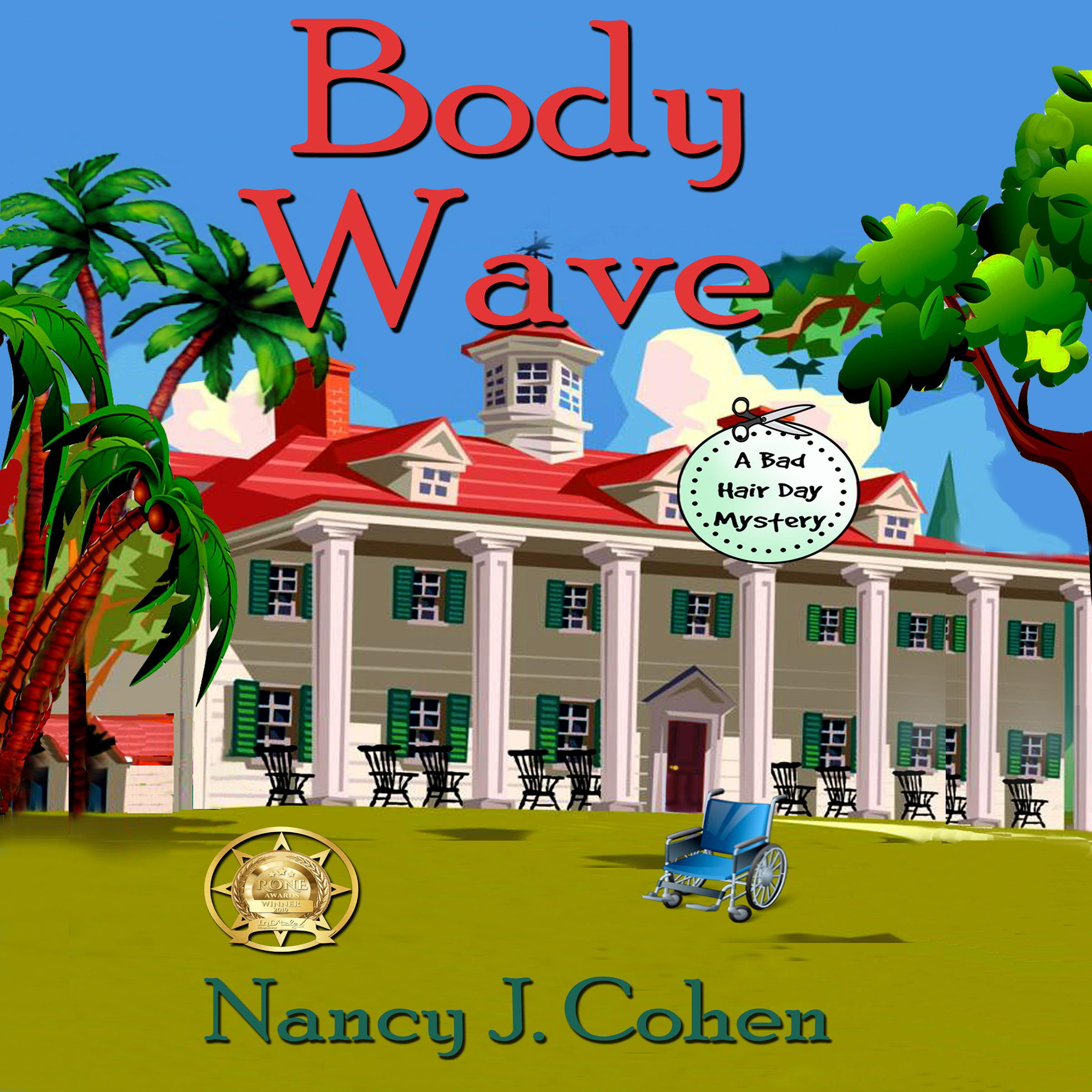Cartagena, Columbia – Day 1
Cartagena, Columbia – Day 1
Celebrity Equinox
Cartagena is a cosmopolitan city with skyscrapers in the new city and Spanish Colonial architecture in the walled old town. We came into the port where massive cranes showed a bustling cargo operation. Across the water is the modern cityscape, impressive in its sun-bathed brilliance.
Our air-conditioned bus tour took us through city streets and up a hill with winding hairpin curves to the highest point in the city. Ten crosses along the way marked the road for drivers. At the top is La Popa Monastery, now a tourist attraction. Built in the 1500s, it serves as a museum to the past. Outside the entry gate are vendors hawking their wares. These natives can be very persistent, and you are expected to haggle for a good price.
Once past the gate, we entered a brick plaza. Our guide took us into the building. Inside was a two-story courtyard like the one at Vizcaya in Miami. We viewed the Chapel with its wooden pews and enormous gold ornament on the dais.
Outside, we took photos of the panoramic view. You could see the city and the sea beyond.
From here we drove downhill and toward the old town, where we stopped to view Castillo San Felipe de Barajas. This is the largest fort South America. It’s fully intact and very formidable. If you were marched inside as a prisoner, likely you weren’t coming out. It reminded me of the Count of Monte Cristo’s story. This was like something you’d see in a movie. We didn’t go inside on our tour, but it would have been a very interesting excursion. Vendors hounded us again, selling costume jewelry, leather belts, handbags, colorful paintings, hats, sunglasses, and tacky souvenirs.
Next we entered the walled city. This was the first time I’d actually been inside a city with an ancient stone wall fully functional with ramparts and all. We had a quick stop at the Dungeons that are now shopping arcades with 23 enclosed stalls. We’d barely time to look around at the leather goods, souvenirs, coffee beans, woven hammocks, linen tablecloths, tee shirts, hats, mugs, and jewelry. Here it would have been nice to have an hour or two to shop instead of twenty minutes.
Then we joined our guide in a walking tour of the Old City. It’s a maze of streets, lined by vendors selling more of the above. We saw fruit carts loaded with mangos, peeled pineapple wedges, bananas, and coconuts. Food vendors sold fried corn cakes.
At the Emerald Museum, we went inside for a quick tour. According to our guide, Columbia has three main exports: coffee, emeralds, and a third item not mentionable. We all laughed at that remark, knowing what he meant. I enjoyed the displays in the museum, but this part ended in a rushed visit to an adjacent gift shop. Then we emerged into the bright sunshine to carry on.
Next we went inside the Naval Museum, where we browsed among interesting displays relating to the region’s history. A folkloric show was performed for our benefit. This lasted about ten minutes, and we each received a bottle of water for refreshment. While I liked seeing the museum, this part I’d give up in favor of more shopping time at the arcades. Restrooms were available here, at the monastery, and by the Dungeons. We vowed to return ourselves to the arcades tomorrow. This was an excellent tour, covering many of the city highlights.
Next Port: Cartagena, Columbia – Day Two

Holiday Glitz Contest, Dec. 2 – 12
Enter Here to win a silver evening bag or one of two runners-up prizes – a Diamonds International charm bracelet. U.S. residents only.
Booklovers Bench, Dec. 1 – 18
Enter Here to win a $25 Amazon/BN gift card from Booklover’s Bench























































































































